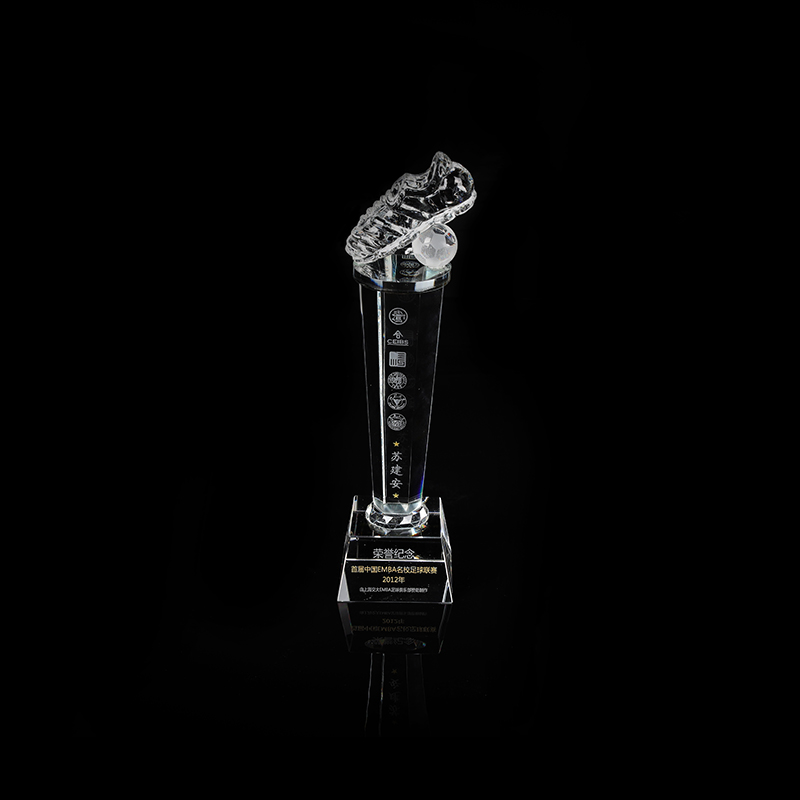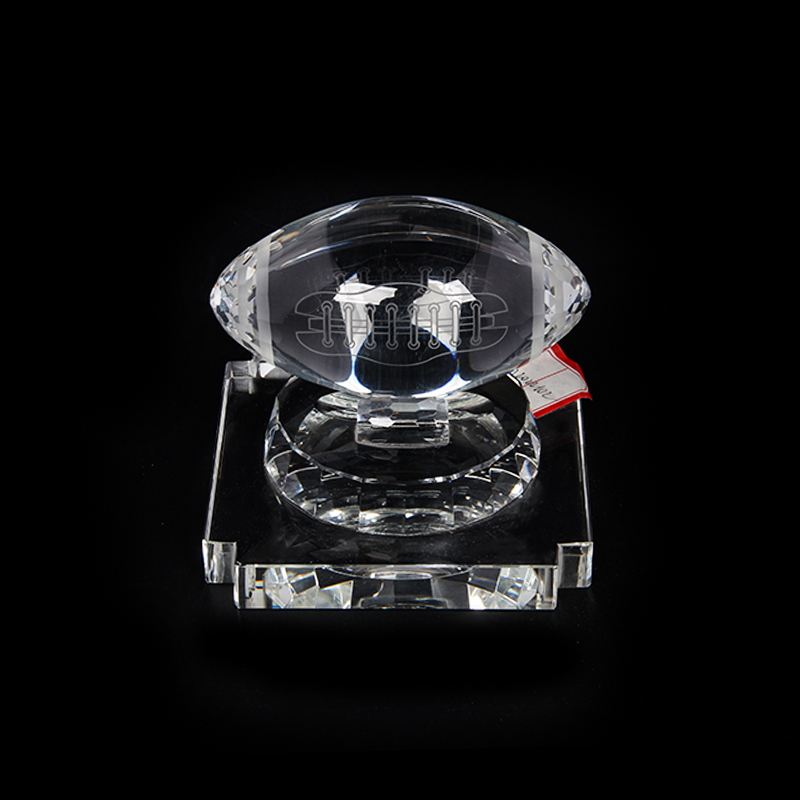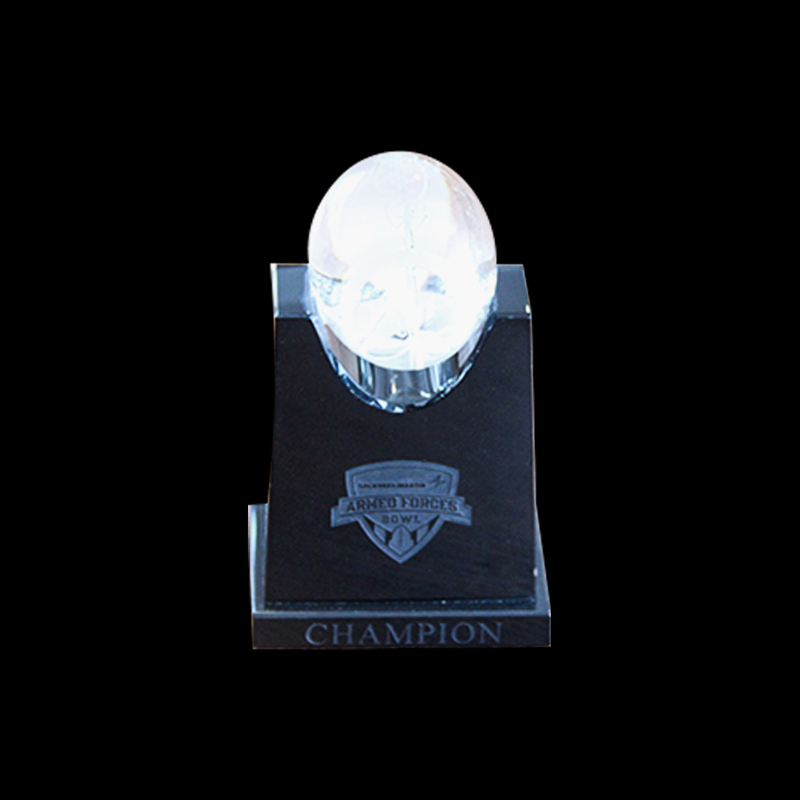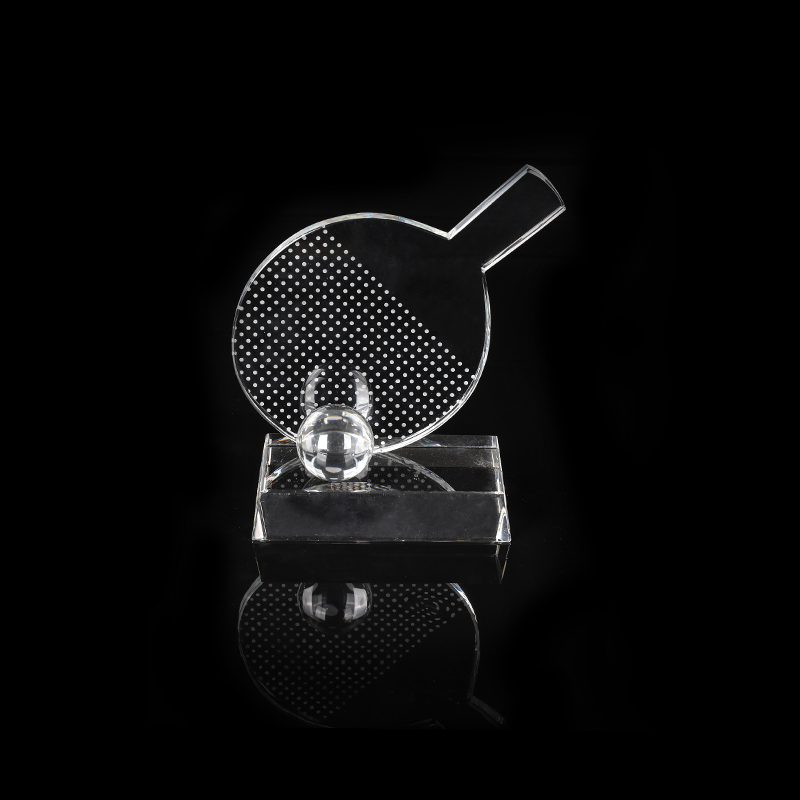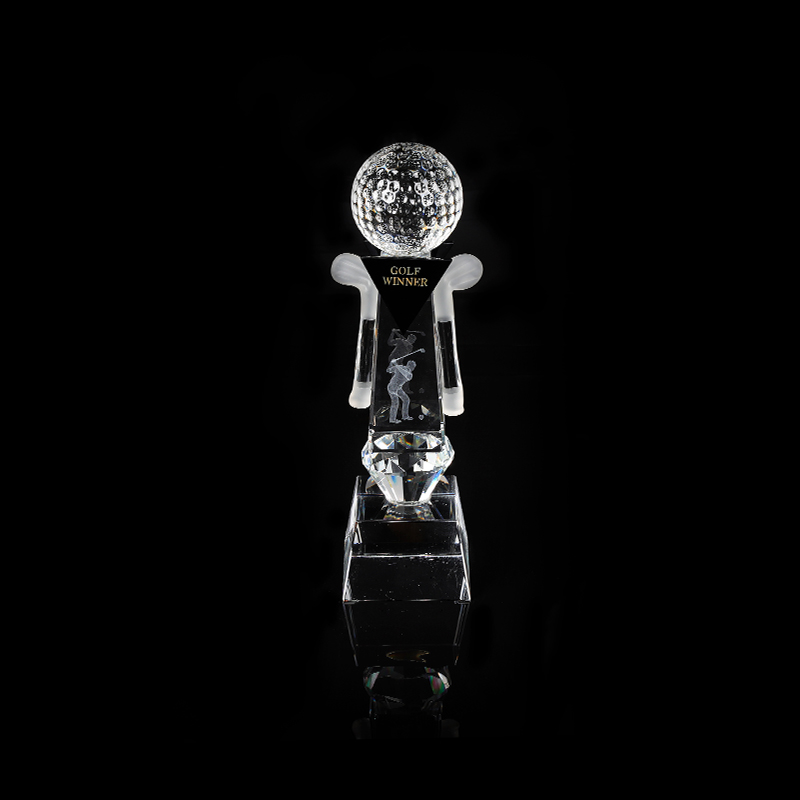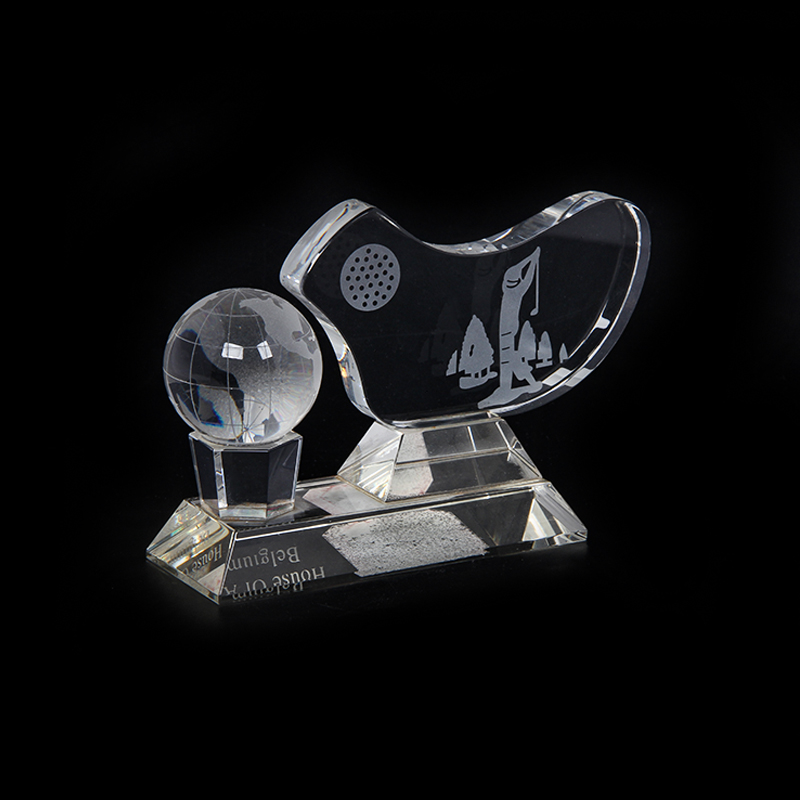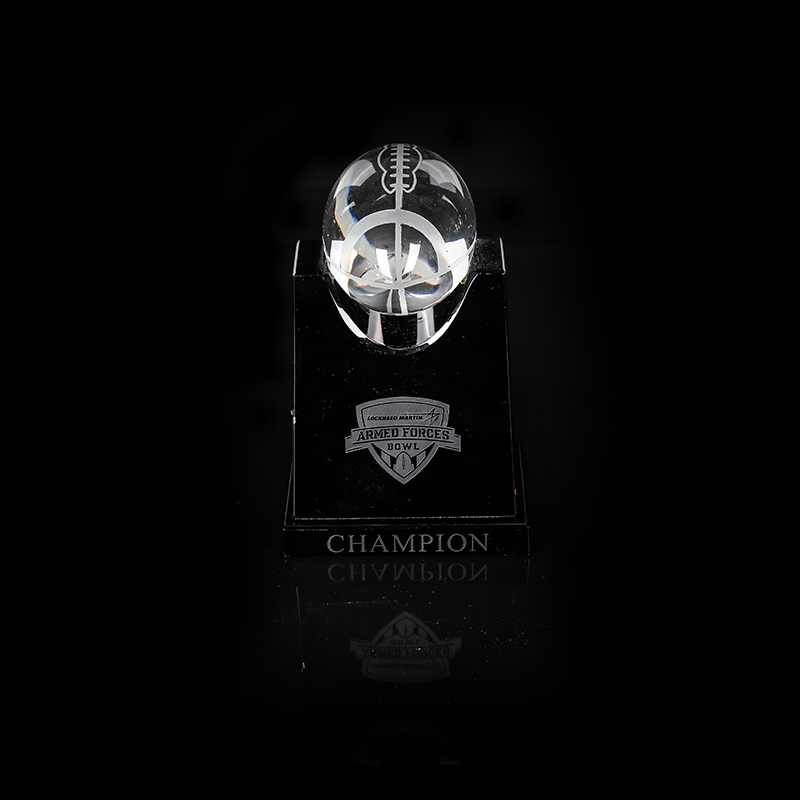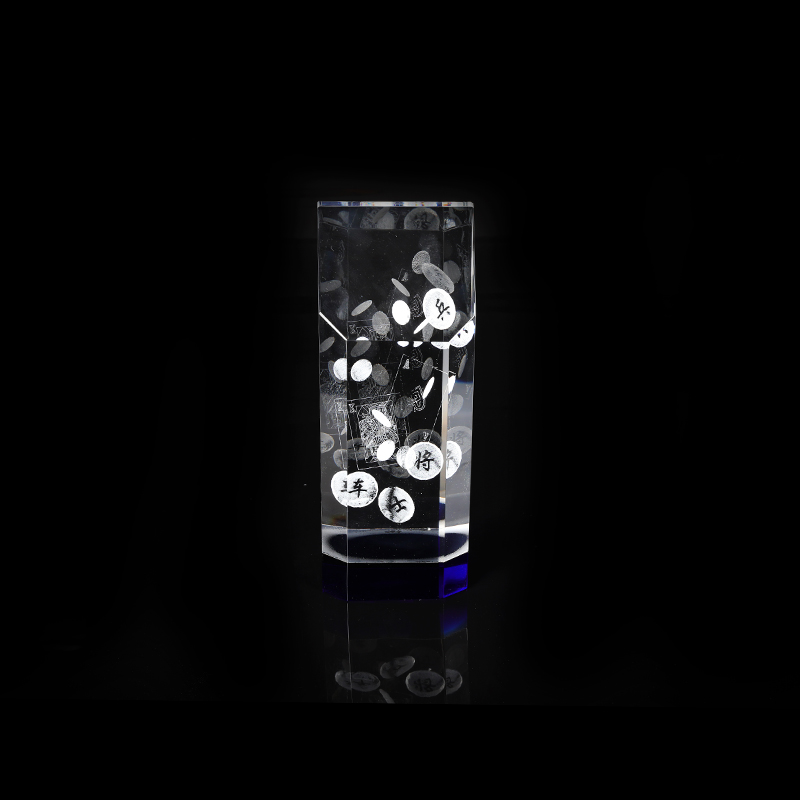Crystal awards continue to hold a special place in recognition programs across corporate, educational, and commemorative settings. Advances in Crystal Cube Laser techniques and anti-scratch finishing processes have made it possible to create Crystal Glass Medals and cubes that not only look refined but also maintain their appearance over time. Businesses sourcing crystal awards today have access to practical options that combine durability, custom branding, and contemporary design.
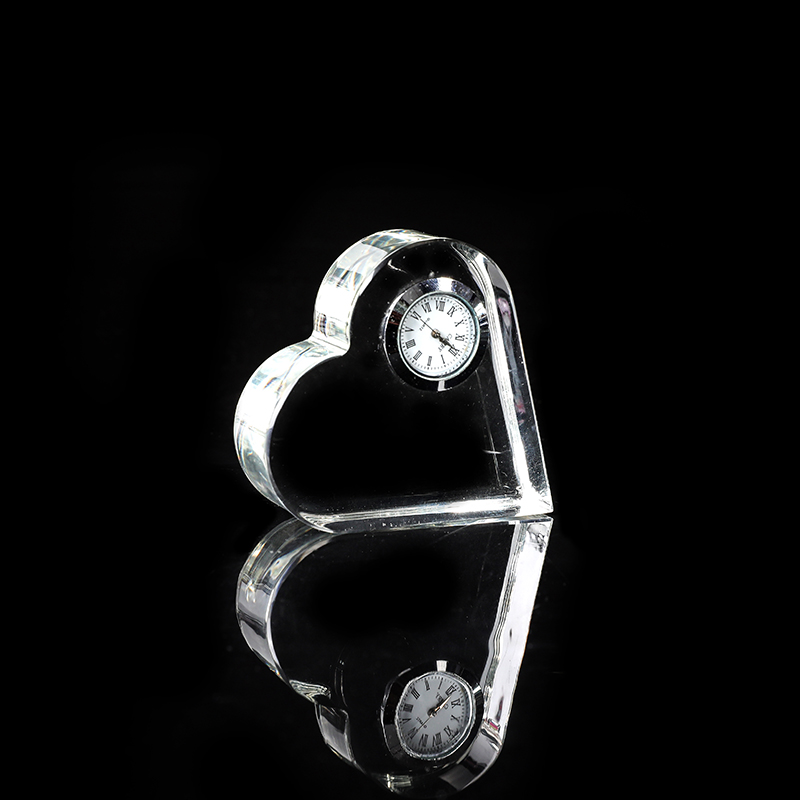
Advantages of Anti-Scratch Laser Finishing
Traditional engraving methods on crystal often involve surface etching or sandblasting. While effective for adding names or logos, these techniques can leave the outer surface more prone to abrasion or dulling over time. Anti-scratch laser finishing provides an alternative by using focused laser energy to create internal designs, which remain protected inside the crystal block.
Crystal Cube Laser engraving allows text, logos, and images to be suspended within the cube or medal, reducing the risk of damage from handling or cleaning. This feature is especially useful for pieces intended for frequent display or transport, such as traveling exhibits or rotating award showcases.
The process does not require inks or chemicals, helping to keep the production environment cleaner and avoiding issues with fading or peeling. For clients who prioritize longevity and low maintenance, laser finishing can help ensure the engraved details remain clear without requiring protective coatings.
Material Selection and Manufacturing Techniques
The durability of a crystal award begins with consistent material quality. Optical-grade crystal is frequently used because it offers high clarity and fewer internal flaws.This uniformity supports precise laser engraving and contributes to the overall strength of the finished piece.
When preparing Crystal Glass Medals or cubes, manufacturers often combine advanced cutting and polishing equipment to produce smooth edges and consistent surfaces. This reduces the likelihood of chipping and makes each item more comfortable to handle.
Anti-scratch finishing is typically performed after the main shaping and polishing steps. Because the laser engraves inside the crystal body, the outer surfaces can be further processed to achieve a refined texture without disturbing the design. Some producers also apply additional heat treatments to help improve scratch resistance and reduce microfractures that could expand over time.
Customization to Support Branding and Recognition
Recognition programs often require personalized details, such as recipient names, event dates, and organization logos. With Crystal Cube Laser systems, customization is handled digitally. Clients can submit vector files or high-resolution artwork, which is converted into laser paths and mapped precisely into the crystal.
This approach makes it possible to produce small runs of unique awards without investing in separate molds or extensive setup. For large-scale projects, batch production can be coordinated so all pieces maintain the same design elements while allowing for individualized text.
For Crystal Glass Medals, attachment points for ribbons or stands can be incorporated into the design. Frosted borders, beveled edges, and color accents are additional options that allow the award to reflect the brand identity or event theme.
Packaging and Handling Considerations
Because crystal products are sensitive to impact, careful packaging is important. Many suppliers offer protective boxes lined with foam or fabric to help prevent scratching and chipping during shipping. Clients planning to distribute awards internationally should confirm that packaging meets transport requirements and regional preferences.
Proper storage conditions also contribute to the longevity of the product. Avoiding excessive humidity, direct sunlight, and harsh cleaning chemicals will help maintain the clarity and surface finish of both engraved and unengraved areas.
Sustainability Aspects of Laser Production
The environmental footprint of award production is an increasing concern for many organizations. Crystal Cube Laser technology uses controlled energy rather than abrasives or chemicals, which helps reduce waste and improve air quality in the production environment.
Some facilities combine laser cutting with closed-loop water filtration and energy-efficient systems to further lower resource use. Buyers who wish to incorporate sustainability into their purchasing decisions can inquire about recycled packaging materials, waste management practices, and production certifications.
Selecting a Supplier and Planning Orders
Businesses looking to order Crystal Glass Medals or cubes should start by clarifying their requirements in terms of size, quantity, and customization. Providing clear artwork files, target delivery dates, and packaging preferences will help suppliers plan production efficiently.
Early discussions about material grade, laser engraving depth, and finishing processes can help align expectations and reduce rework. Clients who expect repeat orders may also benefit from standardizing design templates to maintain consistency across multiple events.
By combining durable materials, anti-scratch finishing, and precise Crystal Cube Laser engraving, today’s crystal awards can provide a thoughtful balance of aesthetics and practicality. Whether used to honor achievements or promote a brand image, these pieces offer lasting value and an appealing way to recognize contributions across industries.

 English
English 中文简体
中文简体 عربى
عربى
